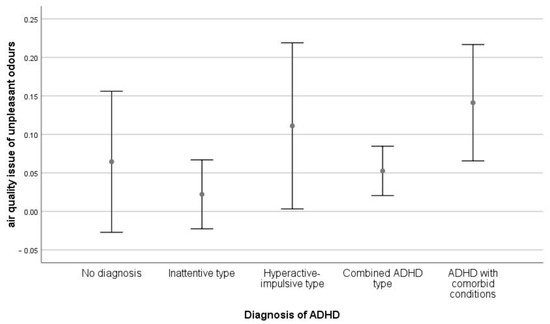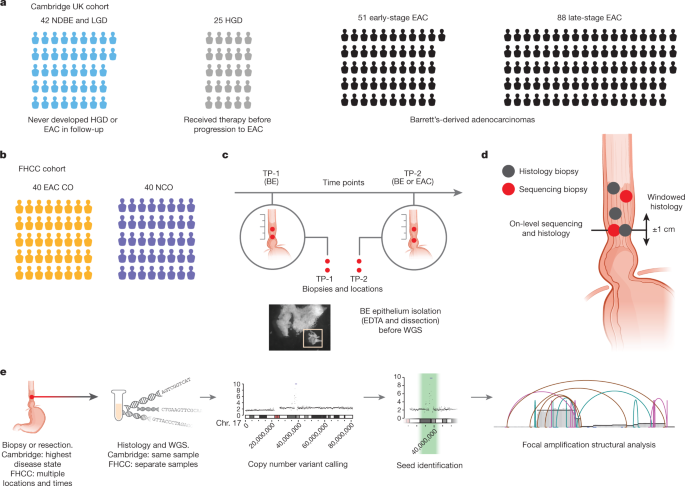家の中の状況が、子どもや青少年のADHDの症状の一因になっている可能性があります。 The conditions inside our homes may contribute to the symptoms of ADHD in children and adolescents.
2023-04-12 ニューサウスウェールズ大学(UNSW)
照明、音響品質、空気品質、および熱的快適性など、家庭内の室内環境の悪質性がADHD症状と関連していることが、豪州での調査により報告された。
今後は、建築基準がより多様なニーズに対応するように改善される必要があり、学校や家庭などの劣悪な屋内環境が、認知能力に差がある児童の健康に及ぼす影響がますます懸念されている。
<関連情報>
- https://newsroom.unsw.edu.au/news/social-affairs/housing-quality-may-affect-kids-adhd-study
- https://www.mdpi.com/2071-1050/15/4/2899
家庭内環境品質と注意欠陥多動性障害 Home Indoor Environmental Quality and Attention Deficit Hyperactivity Disorder
Sima Alizadeh,Catherine E. Bridge,Bruce H. Judd and Valsamma Eapen
Sustainability Published: 6 February 2023
DOI:https://doi.org/10.3390/su15042899

Abstract
Indoor environmental quality (IEQ) has been found to influence children’s health and behaviour, particularly conditions, such as attention deficit hyperactivity disorder (ADHD). This research aimed to ascertain whether housing IEQ impacted the symptoms of ADHD and its related behaviours. This study involved 435 parents of children and adolescents (aged 5–17) with ADHD residing in Australia. We utilised an online survey tool comprising the home version of the ADHD Rating Scale for Children and Adolescents and the Housing Environmental Quality Assessment Tool. The findings revealed that all the housing IEQ factors were associated with both the diagnosis and the severity of the symptoms. The results indicated that, for over one in ten children with ADHD (13.3%), the diagnosis was impacted by a collective contribution of air quality, acoustic quality, lighting quality, and the thermal comfort within their home. The air quality and the thermal comfort predicted a 4% variance in the severity of inattention. Additionally, air and lighting qualities predicted a 9.7% variance in the severity of hyperactivity-impulsivity, and all the factors of air quality, acoustic quality, lighting quality, and thermal comfort predicted a 10.9% variance in the severity of combined ADHD. In conclusion, this research provided insights into the importance of housing features and suggests that improving the housing indoor environmental quality, mainly thermal comfort, air, and lighting quality, could positively correlate with alleviating ADHD symptoms and severity among children and adolescents. Therefore, ensuring an appropriate indoor environmental quality should be prioritised in housing design, modification, and building, especially for those with ADHD.


